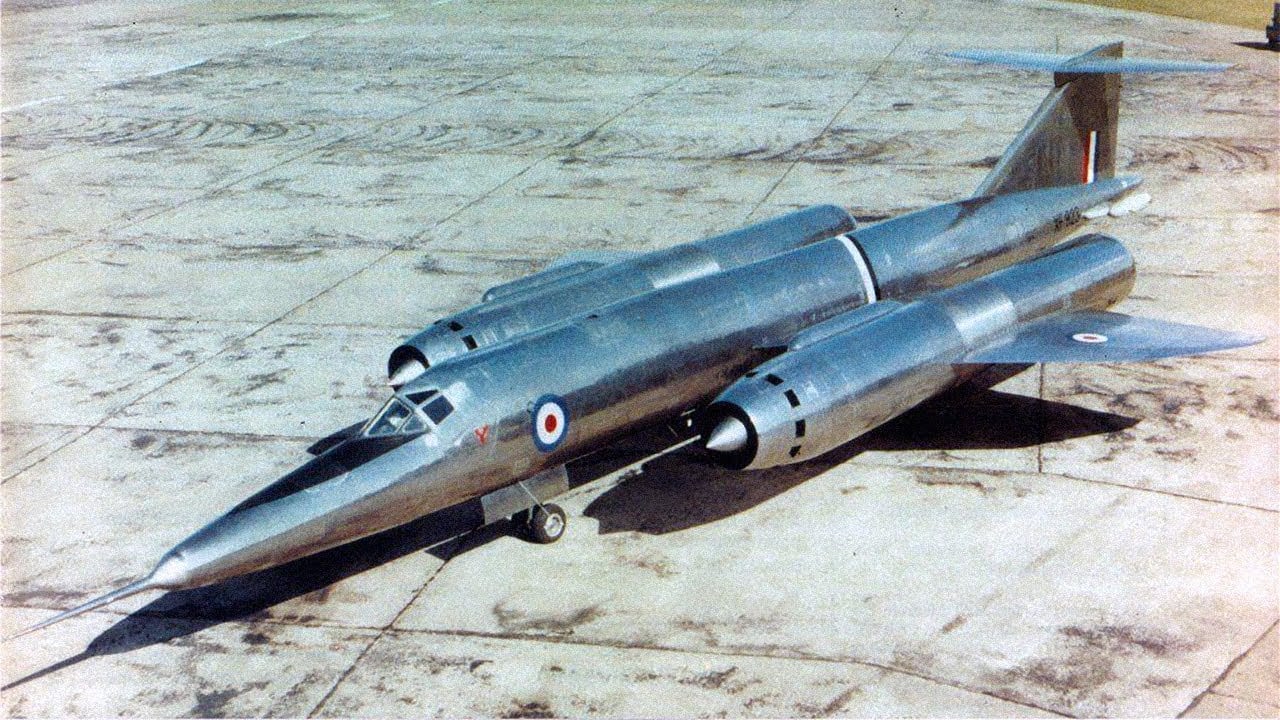The recent explosions at the Azot chemical plant in Russia underscore a critical juncture in the ongoing conflict, highlighting vulnerabilities within the nation’s industrial infrastructure. As military operations intensify, the implications of such attacks extend beyond immediate damage; they signal a potential shift in strategic dynamics. The targeting of key facilities raises questions about the effectiveness of current security measures and the resilience of critical supply chains. This incident not only disrupts production but also serves as a stark reminder of the escalating risks faced by industrial sites in conflict zones, which can have far-reaching consequences for both domestic stability and international relations.
In response to these developments, it is imperative for stakeholders to reassess their security protocols and contingency plans. The Azot plant incident illustrates the necessity for enhanced protective measures and the integration of advanced surveillance technologies to mitigate risks. Moreover, the situation calls for a reevaluation of military strategies that prioritize the safeguarding of vital infrastructure. As the conflict evolves, understanding the interplay between military actions and industrial vulnerabilities will be crucial for maintaining operational continuity and ensuring national security. The implications of these attacks extend beyond immediate tactical concerns, potentially reshaping the landscape of military engagement and industrial resilience in the region.








